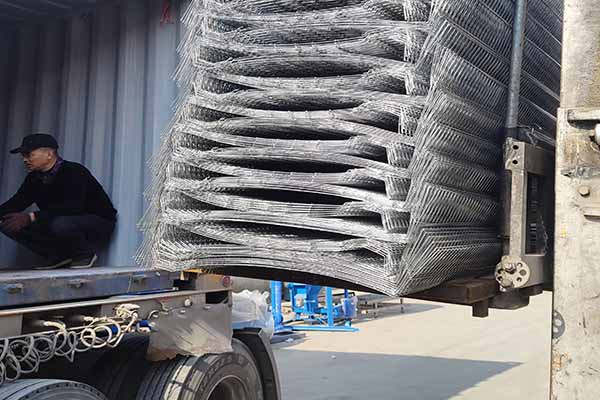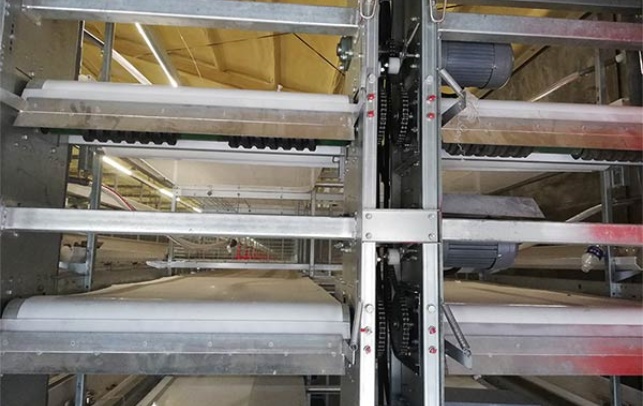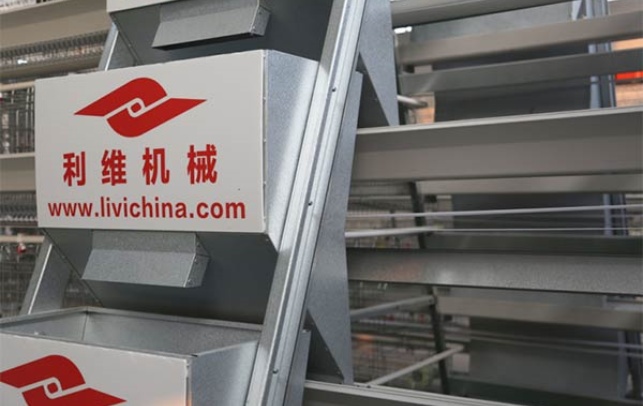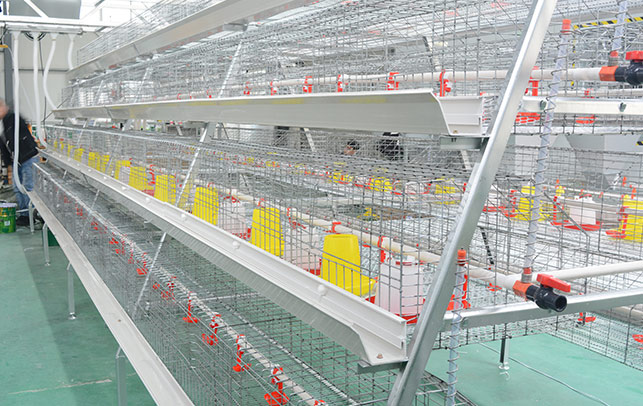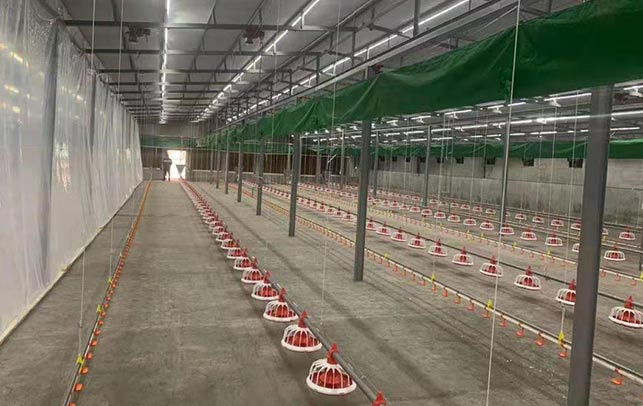Unlocking the Potential of Local Poultry Farming in Kenya
Time : 2025-05-12
Local poultry farming in Kenya has been a cornerstone of the country’s agricultural sector for decades. It’s not just about producing eggs and meat; it’s about creating jobs, improving nutrition, and contributing to the local economy. In this article, we’ll dive into the world of local poultry farming in Kenya, exploring its current state, challenges, and opportunities for growth.
The Current State of Local Poultry Farming in Kenya
Kenya’s poultry industry has seen significant growth over the years. With an increasing demand for poultry products, both locally and internationally, the industry has become a vital part of the country’s food security strategy. Here’s a snapshot of the current state:
– Production: Kenya produces over 1 billion eggs annually, with the potential to increase this number significantly.
– Diversity: The industry is diverse, with small-scale farmers and large-scale commercial operations coexisting.
– Consumption: The average Kenyan consumes about 70 eggs per year, a number that is expected to rise as the population grows and incomes increase.
Challenges Faced by Local Poultry Farmers
Despite the industry’s growth, local poultry farmers in Kenya face several challenges:
– Access to Feed: The availability and cost of feed are major concerns. High feed prices can significantly impact profit margins.
– Disease Outbreaks: Poultry diseases like Newcastle, Avian Influenza, and Fowl Typhoid can decimate flocks, causing financial loss and a decrease in production.
– Market Access: Small-scale farmers often struggle to access markets due to lack of infrastructure and competition from larger producers.
Opportunities for Growth
Despite the challenges, there are ample opportunities for growth in the local poultry farming sector:
– Technological Advancements: The adoption of modern farming techniques can improve productivity and reduce costs.
– Government Support: Increased government support in terms of infrastructure development, research, and extension services can make a significant difference.
– Value Addition: Processing and value addition can create more jobs and increase the income of farmers.
Case Studies: Success Stories in Local Poultry Farming
Let’s take a look at a few success stories that showcase the potential of local poultry farming in Kenya:
– The Smallholder Farmer: John, a smallholder farmer in Nakuru, Kenya, started with just a few chickens and now has a thriving business. He uses local feed, practices biosecurity, and has built a strong network of customers.
– The Commercial Farmer: Jane, a commercial farmer in Kiambu, Kenya, has embraced technology and has installed automated feeding systems. Her operation is efficient, and she exports eggs to neighboring countries.
Tips for Aspiring Poultry Farmers
If you’re thinking of venturing into local poultry farming in Kenya, here are some tips to get you started:
1. Do Your Research: Understand the market, the different breeds of chickens, and the best practices for poultry farming.
2. Start Small: Begin with a manageable number of birds and gradually scale up as you gain experience.
3. Invest in Quality Feed: Good quality feed is crucial for healthy birds and high productivity.
4. Practice Biosecurity: Prevent disease outbreaks by maintaining clean and hygienic conditions on your farm.
5. Seek Advice: Don’t hesitate to seek advice from experienced farmers, agricultural extension officers, or local agricultural organizations.
The Role of Local Poultry Farming in Kenya’s Economy
Local poultry farming plays a vital role in Kenya’s economy:
– Job Creation: The industry provides employment opportunities for both skilled and unskilled workers.
– Income Generation: Poultry farming can be a source of significant income for farmers, especially those in rural areas.
– Economic Growth: The industry contributes to the country’s GDP and stimulates economic growth.
Conclusion
Local poultry farming in Kenya is a dynamic and growing sector with immense potential. By addressing the challenges and leveraging the opportunities, the industry can contribute even more to the country’s economy and food security. Whether you’re a smallholder farmer or a commercial operator, there’s a place for you in this thriving industry.
Tags
